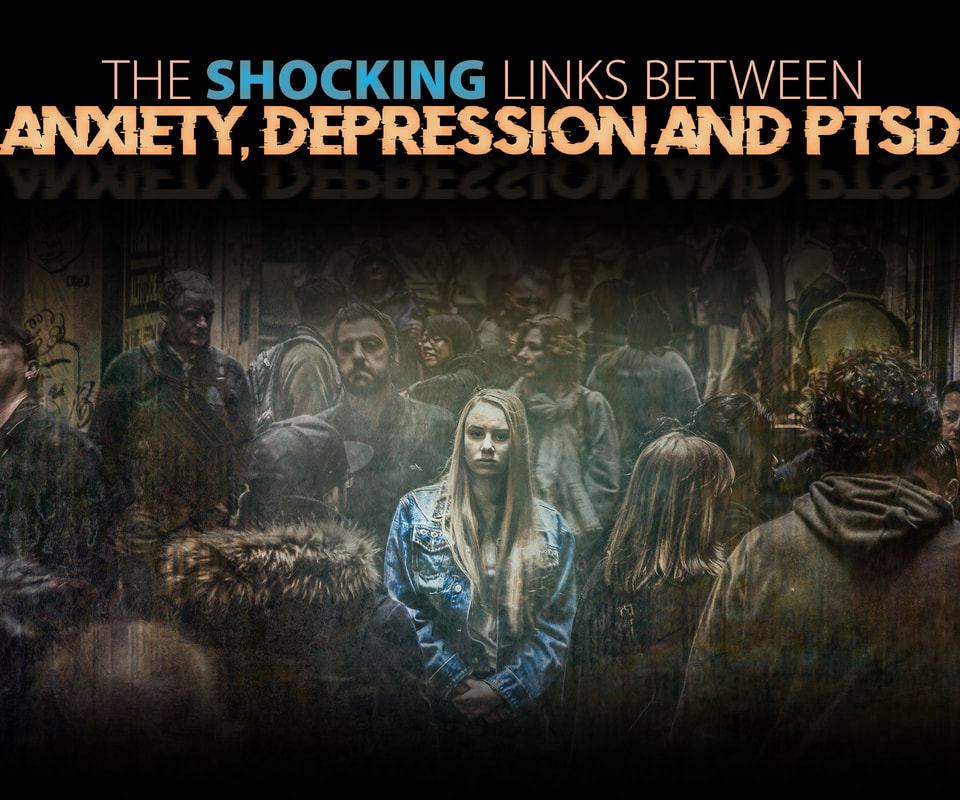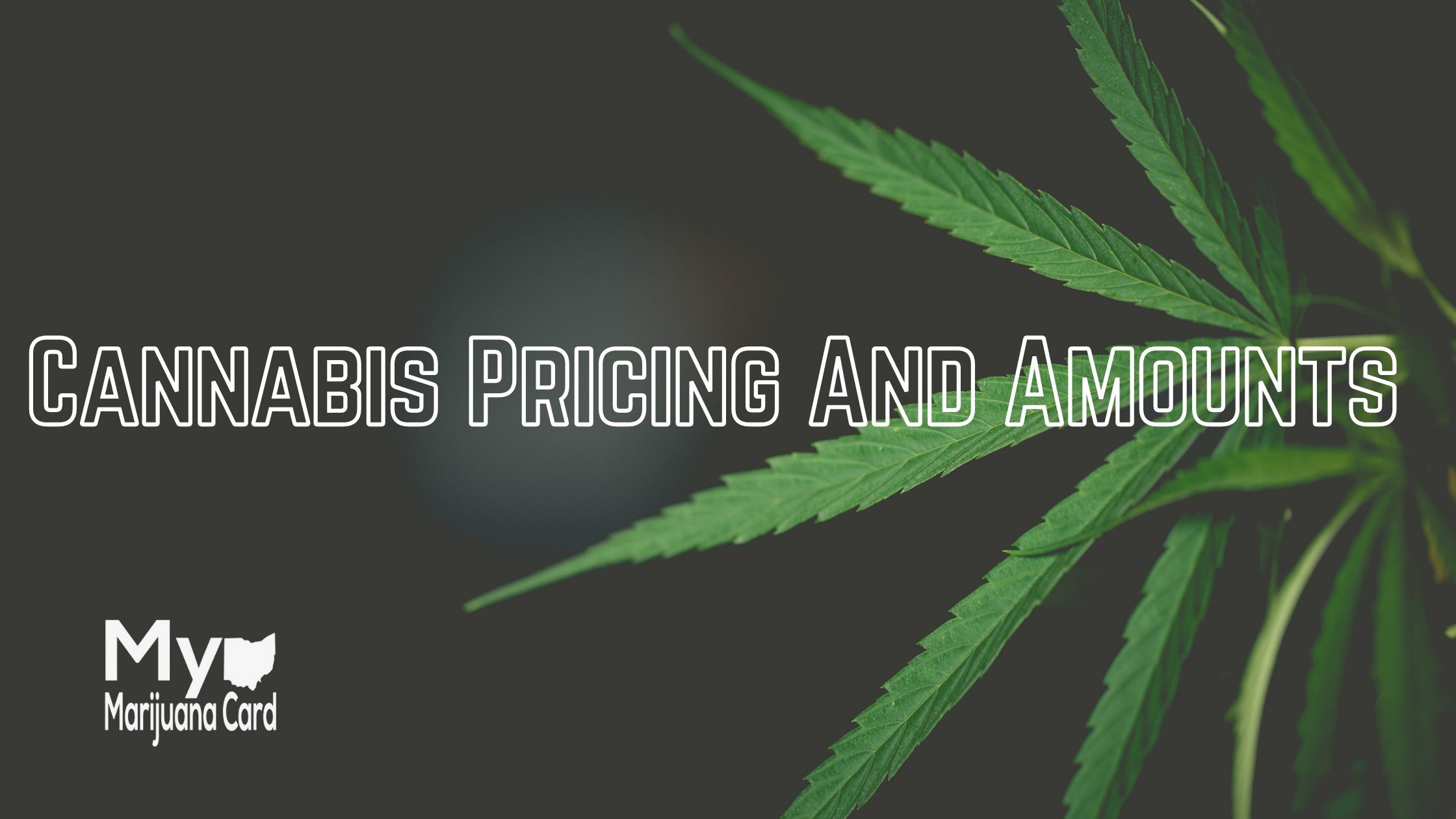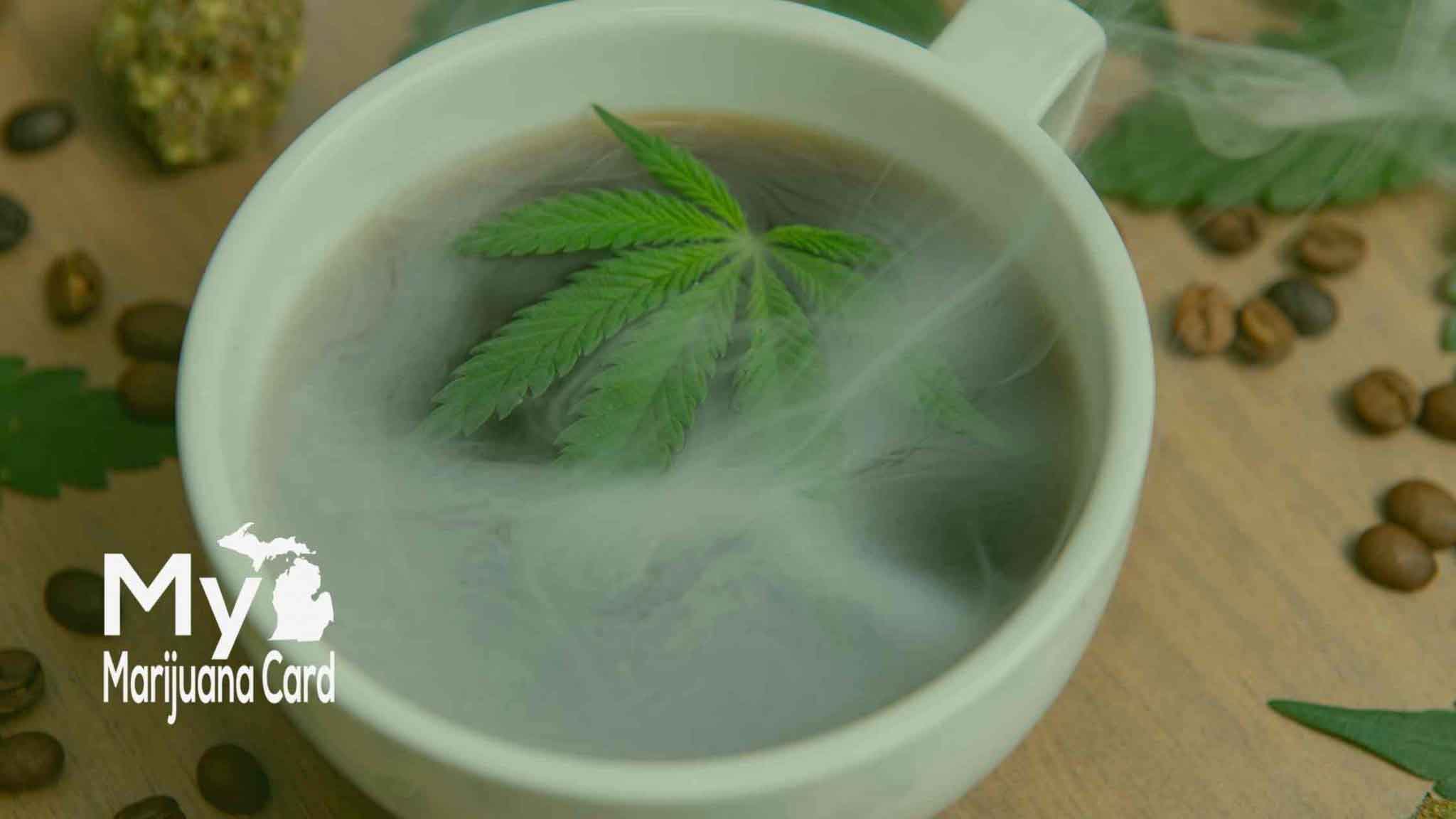Studies show high correlation between anxiety, depression and PTSD. Almost half of people with PTSD experience depression and are three-to-five times more likely to, than those who haven’t had it. This has big implications for those thinking about getting medical marijuana cards.
Studies show high correlation between anxiety, depression and PTSD. Almost half of people with PTSD experience depression and are three-to-five times more likely to, than those who haven’t had it. This has big implications for those thinking about getting medical marijuana cards.
PTSD is generally the result of reception or perception of traumatizing information or experience that spurs recurring emotional responses over time. PTSD can result from experiencing a serious accident,>natural disaster, combat, violence, or serious injury. But traumatic events aren’t limited to actual real-time experiences, and can come from learning or hearing details about particular events.
Symptoms include nightmares, flashbacks, intrusive memories, and excessive guilt or self-loathing. Studies show that mood disorders, including PTSD, anxiety and depression, are highly comorbid, meaning they frequently occur simultaneously. Mood disorders account for over half of all psychiatric disease burden. Up to 90 percent of patients with anxiety disorders meet criteria for other mood disorders, and as many as 70 percent of people who experience mood disorders also meet criteria for anxiety disorders.
PTSD, anxiety and depression tend to piggy back off one-another, whereas traumatic events often lead to depression and depression often leads to anxiety. A study on traffic accident victims in Taiwan found a positive correlation between post‐traumatic stress disorder and depression, between post‐traumatic stress disorder and anxiety, but found a negative correlation between PTSD and quality of life. More often than not, depression came first, in turn leading to PTSD, and then anxiety.
The study abstract concluded that:
“Findings suggest that traffic accidents have an impact on people’s psychosocial wellbeing. Healthcare professionals need to implement interventions to decrease post‐traumatic stress disorder, depression and anxiety to increase the quality of life for patients following traffic injuries.”
But again, it’s not just limited to violent events. A Penn State study found that excessive social media use during the pandemic led to depression as well, creating a completely different avenue for the vicious cycle to begin and exist.
While researchers continue to study patterns of these interrelated mood disorders, they have a long way to go toward full understanding of how they work. This can have huge implications for individuals who may be on the fence about obtaining medical marijuana cards. With the ever-expanding body of knowledge on how mood disorders work and can be treated, the availability of holistic, organic and plant-based methods of treatment frequently appear on individuals’ radars.
Who could blame them?
Medical marijuana has been found to treat PTSD, anxiety and depression. With new correlations available between these common disorders, how could you not look into getting your medical marijuana card?
 5 Star Google Verified Reviews (1,190+)
5 Star Google Verified Reviews (1,190+)






